Fundamental questions when considering an ensuite
Adding an ensuite is a great idea if you have the space. Not only should it make life easier, but it should also add value to your property. Property experts recommend that a home has one bathroom for every two to three bedrooms, so if you need another bathroom and space is at a premium, an ensuite is the way to go.
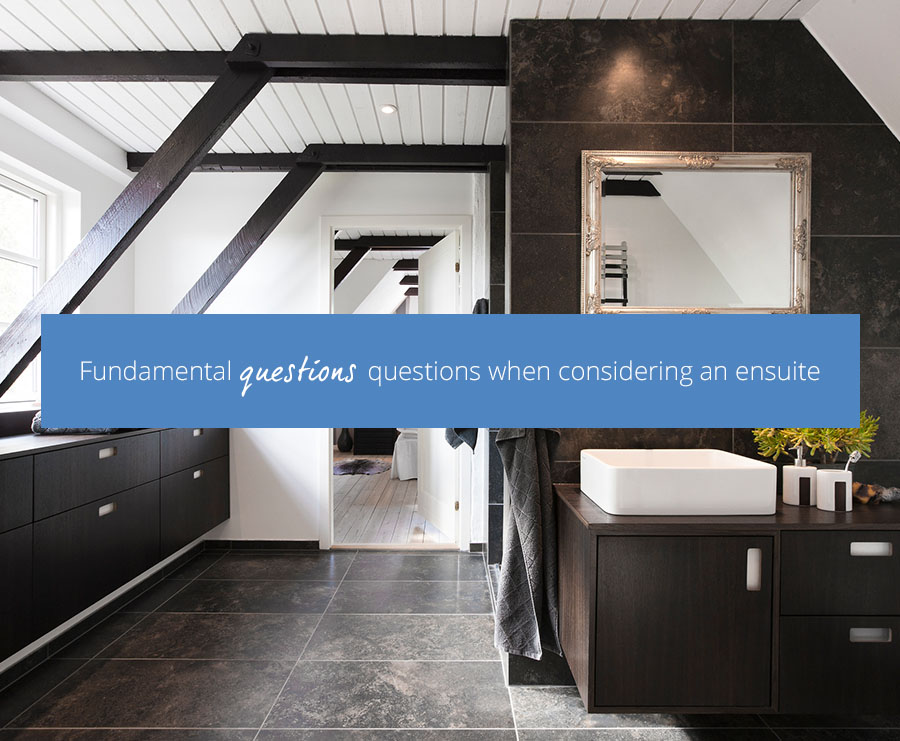
While many homes in the UK are not blessed with surplus space, there are several different options that homeowners can take to incorporate a second bathroom. With more and more innovative fixtures and fittings available and clever new ways to maximise floor space without losing our on all-important function, installing an ensuite has become, for many, a real possibility.
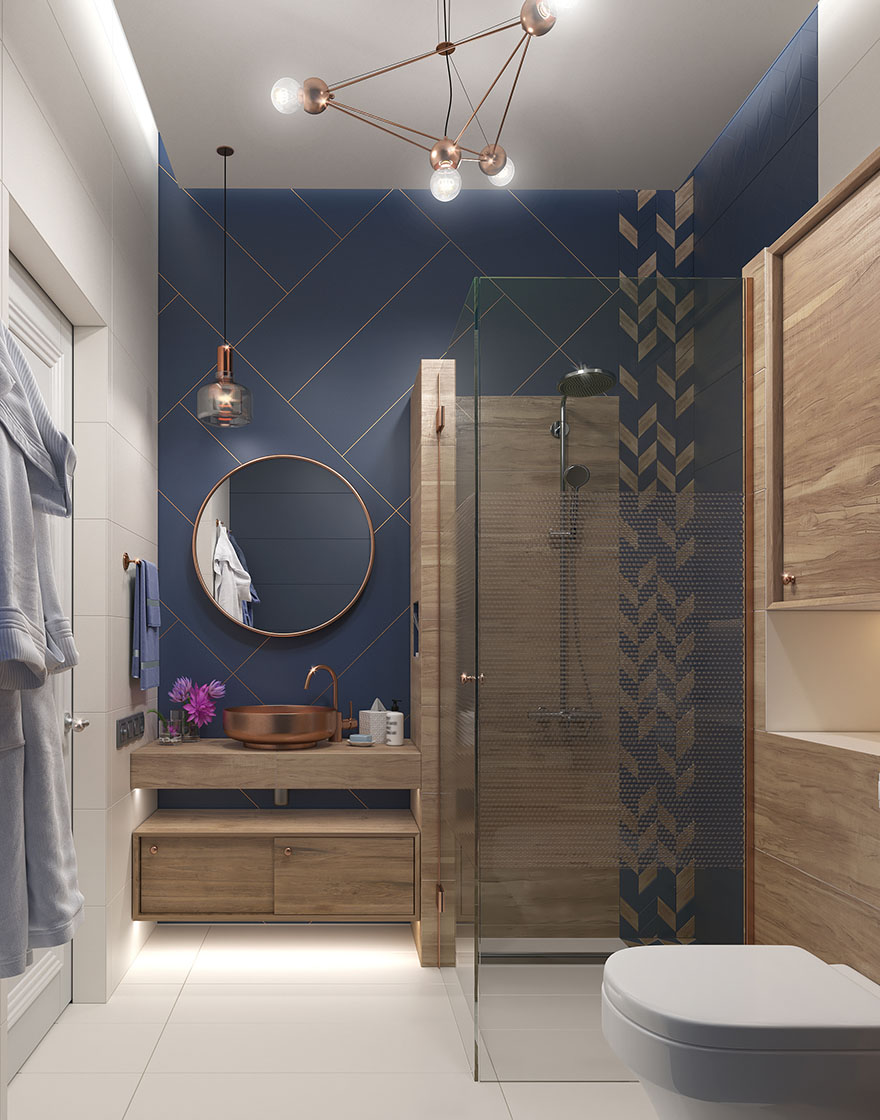
There are several things you need to think about before you go ahead and add an ensuite -, some obvious, some less so – for example, the cost of adding the bathroom, the need to relocate plumbing and/or wiring, the ability to service the water pressure, the type of sanitaryware to invest in – and so the list goes on.
However, before all of that, the most important consideration of all is to understand exactly what you want from a new ensuite as this can often go on to determine the best location. Are you looking to create a private sanctuary to unwind and relax? Do you need a stream-lined additional shower for a quick turnaround? Is an adult space away from the children top priority? or have you always dreamed about a larger extension and creating a master suite in the loft?
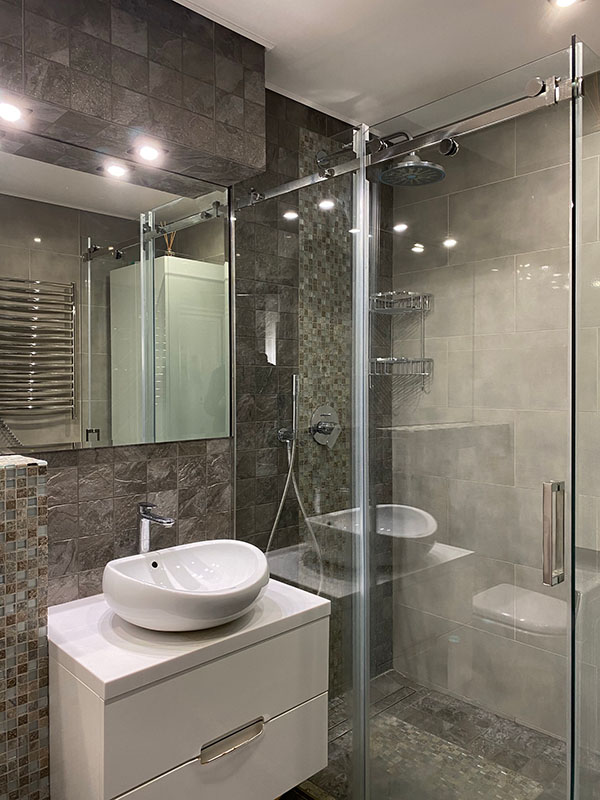
In most cases, adding an ensuite adds value both in terms of lifestyle and property value. However, some approaches can impact your home’s value. Transforming an underused bedroom into an ensuite can be a major plus for individuals living in the home, but, in certain geographical areas can devalue the property if it has fewer than five bedrooms. Likewise, partitioning off a part of a bedroom to create an ensuite may not be the best solution if it results in an awkward shaped bedroom. Conversely utilising back-to-back cupboards, knocking through to a little used airing cupboard or stealing floorspace from a sizeable hallway can have a positive outcome.
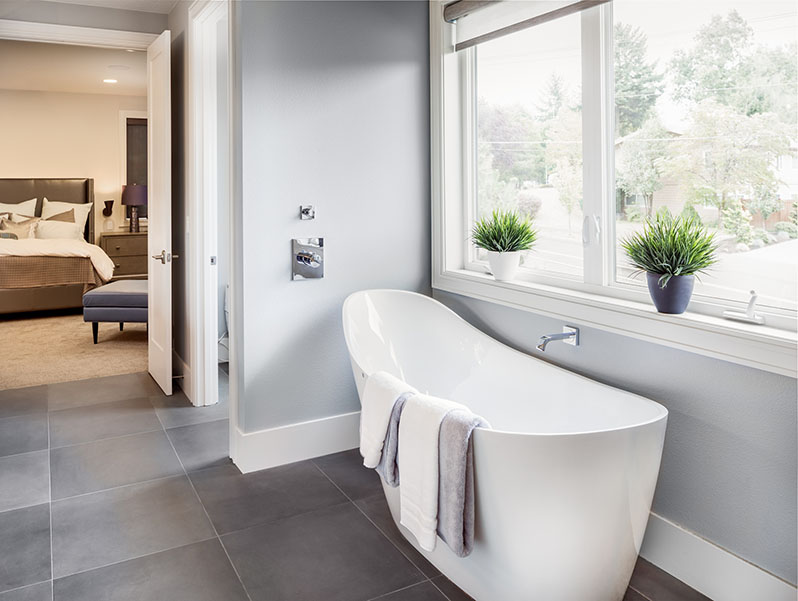
In terms of size, there is no ideal. Ultimately an ensuite needs to include the essentials, a shower, toilet, basin, mirror, towel rail and lighting. A professional designer will help get the best out of the space available, but where space is particularly tight focus on space-saving sanitaryware such as a corner basin, or toilet with integrated basin. When it comes to the shower 80cm quadrant is the smallest size tray for a comfortable showering experience.
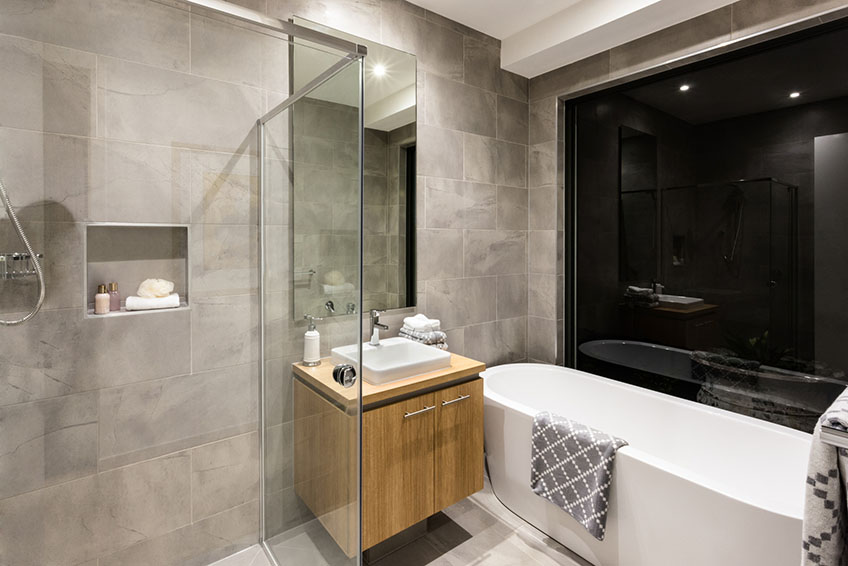
Invariably adding an ensuite means knocking a wall down or building a partition wall. It does not, however, usually require planning permission if the work is happening in an existing house. If you plan on adding any bathroom, ensuite, main bathroom or cloakroom to a listed building then planning permission is essential. The project will need to comply with building regulations; any electrical work will need to be carried out by a qualified electrician and any work to boilers or heating systems must be conducted by a Gas Safe compliant engineer.
18th Apr 2022The Compare Network
Copyright – Insight Retail Group Ltd 2025 All rights reserved